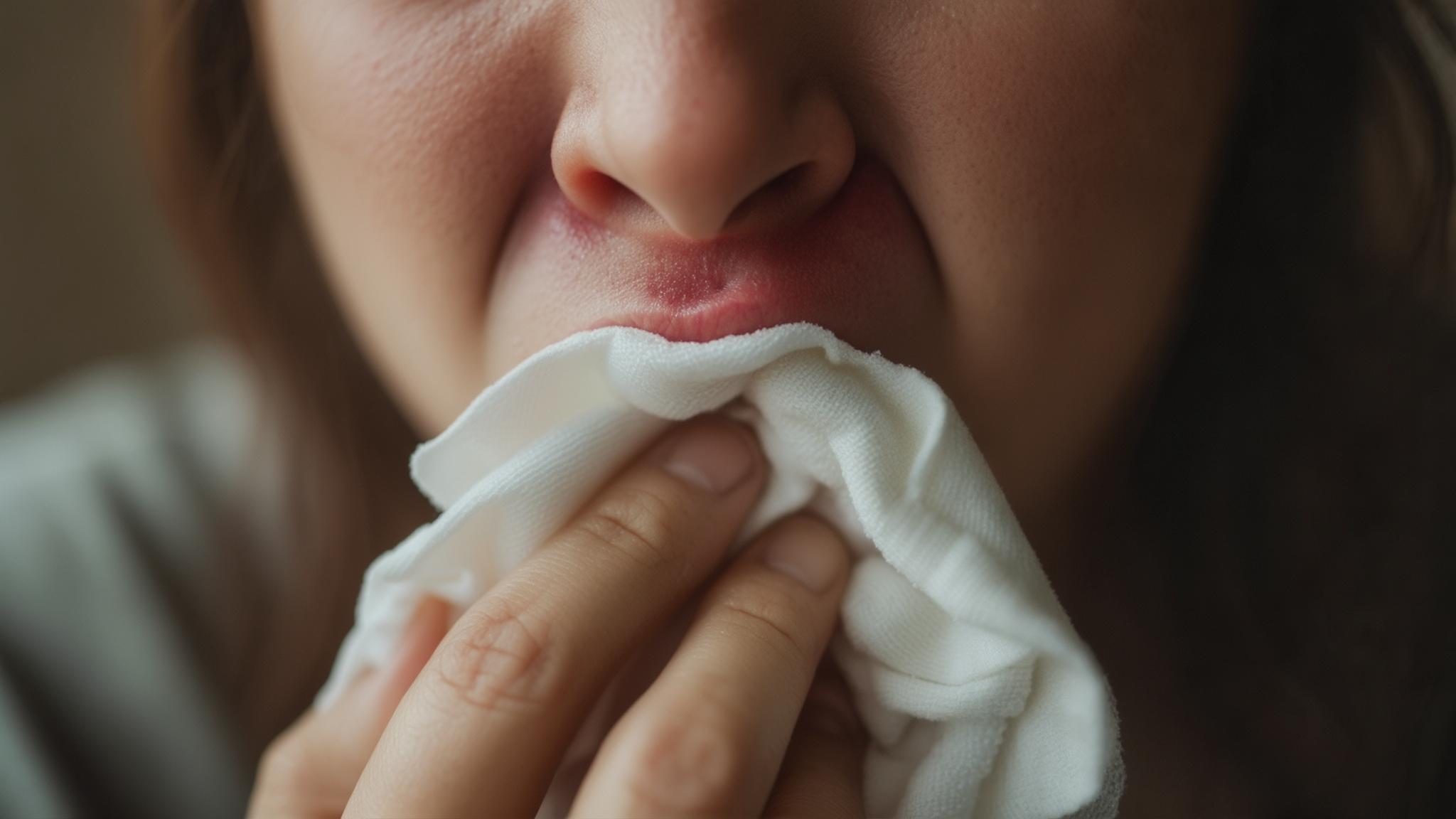Understanding Oral Injuries
Oral injuries, such as a bitten tongue or lip, are more common than one might think. These injuries can occur at any time, often unexpectedly. Oral injuries refer to any harm that affects the mouth's soft tissues, including the tongue, lips, gums, and inner cheeks. They can range from minor nicks to more severe lacerations.
Common Causes of Bitten Tongue or Lip
- Accidental Bites During Eating: Sometimes, we get a little too enthusiastic about our food, leading to accidental bites.
- Sports Injuries: Contact sports can often result in a blow to the face, causing you to bite your tongue or lip.
- Falls or Accidents: Slipping or falling can cause you to clamp down on your tongue or lip.
- Seizures or Other Medical Conditions: Certain medical conditions can lead to involuntary movements, increasing the risk of oral injuries.
Immediate First Aid Steps
When faced with a bitten tongue or lip, acting promptly can make a big difference in healing.
Assessing the Severity of the Injury
First, determine if the injury is minor or severe. Minor injuries often involve small cuts or bruises, while severe injuries may include deep cuts or continuous bleeding.
Controlling Bleeding
- Apply Pressure: Use a clean cloth or sterile gauze to apply gentle pressure.
- Duration: Hold the pressure for 10-15 minutes. If bleeding persists, seek medical attention.
Cleaning the Wound
- Rinse Gently: Use saline or clean water to rinse the mouth. Avoid alcohol-based mouthwashes, as they can irritate the wound.
Pain Management
Pain is a common companion to oral injuries, but it can be managed effectively.
Over-the-Counter Pain Relief Options
- Acetaminophen or Ibuprofen: These medications can help reduce pain and inflammation.
Home Remedies for Pain Relief
- Ice Packs: Apply ice wrapped in a cloth to the affected area to reduce swelling and numb pain.
- Saltwater Rinses: A gentle rinse can help soothe the area and prevent infection.
When to Seek Professional Help
Sometimes, professional care is necessary.
Signs Indicating Medical Attention
- Severe Bleeding: If the bleeding doesn't stop after applying pressure.
- Deep Lacerations: Cuts that are deep or involve a large area.
- Inability to Eat or Speak: Difficulty in performing these basic functions.
- Signs of Infection: Swelling, pus, or fever are red flags.
What to Expect During a Dental Visit
- Examination and Imaging: The dentist will assess the injury and may use imaging to determine the extent.
- Treatment Options: This could include stitches or antibiotics if an infection is present.
Aftercare and Recovery
Proper aftercare is crucial for healing.
Guidelines for Oral Hygiene Post-Injury
- Gentle Brushing Techniques: Use a soft-bristled toothbrush and be gentle around the injured area.
- Avoid Certain Foods: Spicy or crunchy foods can irritate the wound.
Monitoring for Complications
- Signs of Infection: Keep an eye out for increased pain, swelling, or redness.
- Follow-Up Appointments: Regular check-ups may be necessary to ensure proper healing.
Prevention of Oral Injuries
Preventing oral injuries can save you from discomfort and complications.
Tips for Reducing the Risk
- Wear Mouthguards: Especially during sports, to protect your mouth.
- Be Cautious with Sharp Utensils: Avoid rushing while using knives or forks.
- Avoid Distractions While Eating: Focus on your meal to prevent accidental bites.
Conclusion
In summary, understanding how to handle a bitten tongue or lip can be empowering. By knowing the immediate steps to take, managing pain, and recognizing when to seek professional help, you can ensure a smoother recovery. Remember, maintaining good oral health and being prepared for emergencies can greatly enhance your overall well-being.
References
For more detailed information, consider exploring resources such as The American Dental Association or Mayo Clinic. These organizations provide comprehensive insights into dental care and emergency management. Further reading can enhance your understanding and preparedness for oral injuries.

